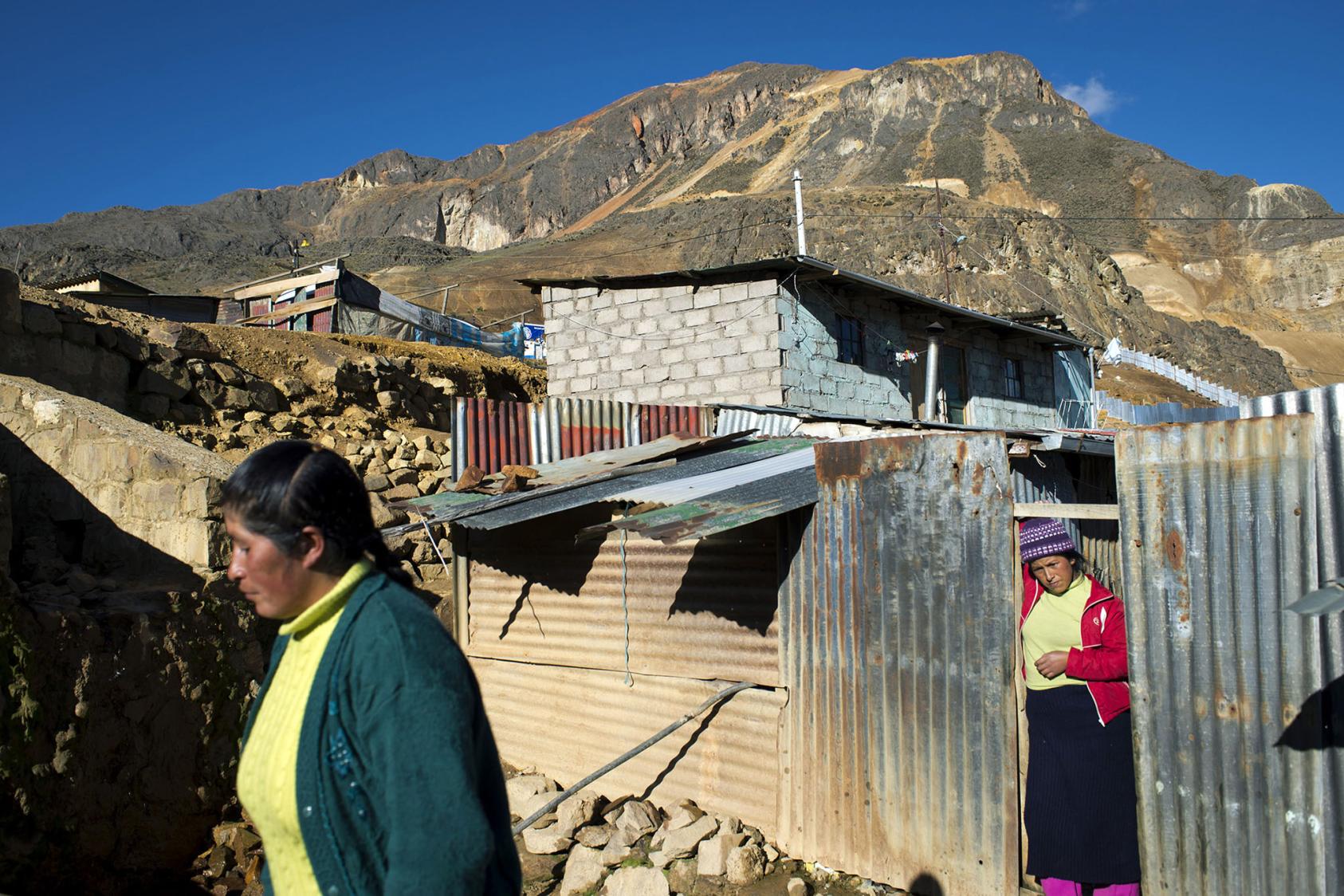China’s political and economic influence in Latin America has increased dramatically since the turn of the century. This is especially true in resource-rich countries like Peru, where China has channeled billions of dollars of investment into the oil and mining sectors. This report takes a critical look at the narrative that closer engagement with China is the key to Peru’s future economic development and prosperity, and suggests ways that US agencies, corporations, and NGOs can support Peruvians’ efforts to create a more equitable balance in their country’s relationship with China.

Summary
- In Peru, as in much of Latin America and the Caribbean, China’s presence has increased dramatically over the past two decades.
- China’s economic presence in Peru is based on two pillars, trade and investment, that are fundamentally linked to mining. Although this system generates trade, tax revenues, employment, and infrastructure, many projects of Chinese state-owned companies are surrounded by controversy.
- The free trade agreement between the two countries has boosted Peru’s mineral exports, but its expectations of diversifying its exports to China have been largely frustrated.
- Several Chinese mining projects in Peru have sparked outrage because of their environmental, social, or labor impacts. China’s flagship project, Las Bambas, has created periodic conflict with local communities.
- Discourse in Peru on the relationship with China is dominated by optimism, with risks largely ignored. Silence about possible military use of a Chinese megaport currently under construction exemplifies the lack of critical analysis.
- US agencies, corporations, and nongovernmental organizations have expertise and resources that could be shared with Peruvians seeking to create a more equitable relationship with China.
About the Report
This report calls into question the optimism widespread in Peru about its deepening economic and strategic relationship with China. Drawing on a wide range of research, including interviews with activists, scholars, former members of the government, and lawyers, the report reveals the economic, social, and environmental drawbacks of Chinese trade and investment and the geopolitical concerns posed by China’s development of a megaport.
About the Author
Juan Pablo Cardenal is an associated researcher at the Argentina-based Center for the Opening and Development of Latin America (CADAL), as well as a journalist and writer. He currently serves as editor at CADAL’s Análisis Sínico, which produces content about China for Latin American audiences. He has coauthored three books, including China’s Silent Army (Penguin, 2013), which have been published in 12 languages.